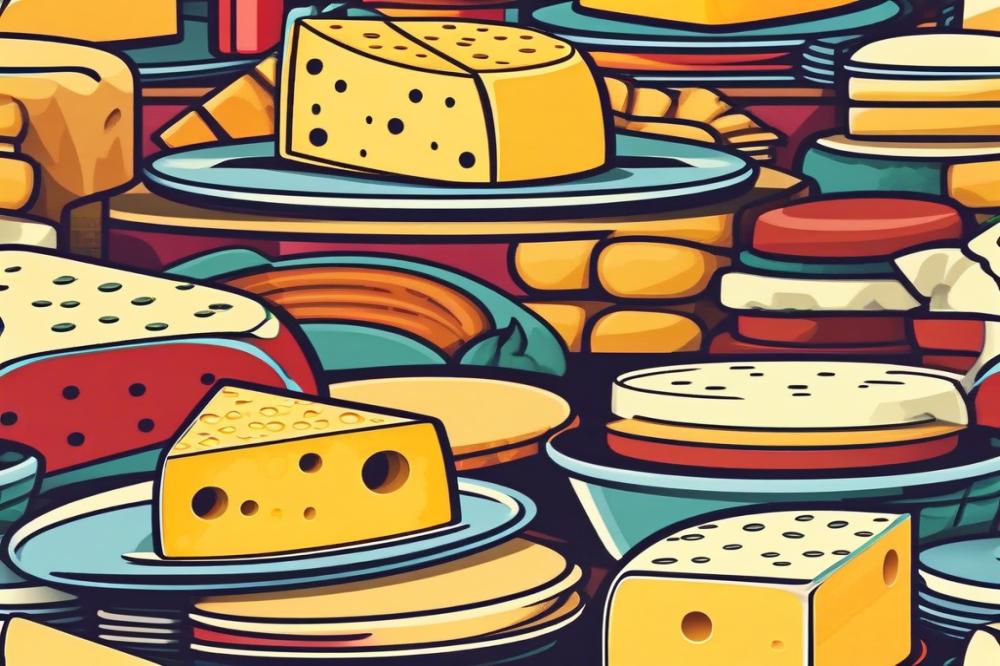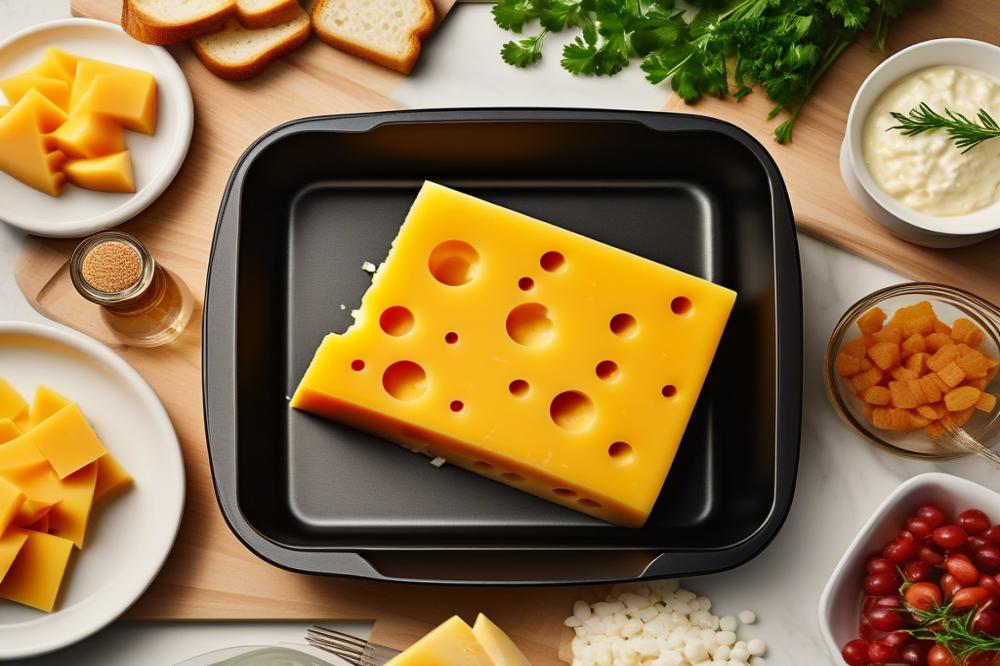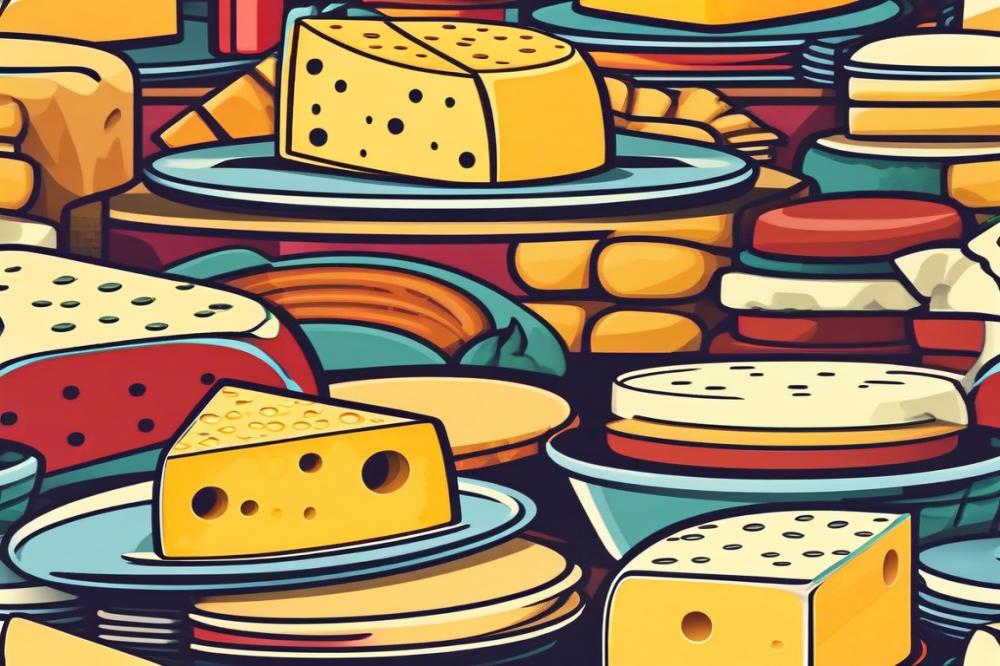The Best Recipes for Using Leftover Cheese
In many households, leftover cheese often lingers in the fridge, forgotten and unappreciated. Whether it’s that remnant of aged cheddar from last week’s charcuterie board or an excess of mozzarella after a pizza night, these bits can pile up quickly. Many people struggle with how to effectively incorporate these items into meals. Addressing this issue can help reduce waste, while also enhancing daily cooking.
Utilizing leftover cheese in cooking offers both practical and culinary benefits. Not only does it help avoid unnecessary food waste, but it also opens up opportunities for creativity in the kitchen. Transforming those scraps into delicious meals can add unique flavors to everyday dishes. In addition, cheese adds richness and depth, making meals more satisfying.
The concept behind leftover cheese recipes is both simple and exciting. It encourages the exploration of diverse cheese cooking ideas, ranging from comforting casseroles to zesty dips. These recipes can be quick and easy, using ingredients already found in most pantries. Furthermore, experimenting with different cheeses can bring surprising results. In doing so, cooks can elevate their meals while tackling the common challenge of utilizing leftovers.
leftover cheese recipes

Various types of leftover cheese can transform the mundane into the extraordinary. Hard cheeses like parmesan or aged cheddar tend to have a robust flavor, enhancing dishes with their nutty undertones. Soft cheeses such as brie or cream cheese offer a creamy texture that can elevate both savory and sweet profiles. Meanwhile, fresh cheeses like mozzarella are versatile, providing a mild taste that complements many ingredients.
Consider adding leftover cheese to your favorite spaghetti for a savory twist. Grated parmesan sprinkled on top can elevate the simplest marinara. Another idea would be to incorporate cheese into an omelet. Mixing in shredded cheddar or feta with eggs creates a filling breakfast option. For a snack, a baked potato topped with crumbled blue cheese and scallions results in tantalizing decadence.
Creative combinations can also come from salads. Toss bits of goat cheese into a bed of mixed greens and drizzle with a balsamic reduction for added depth. Don’t overlook the power of a grilled cheese sandwich. Combine different cheeses like mozzarella and gouda. Melt them between two slices of bread for a deliciously gooey experience.
Storing leftover cheese properly is crucial for maintaining quality. Wrap hard cheeses in parchment paper, followed by plastic wrap to limit moisture exposure. Soft cheeses should ideally be stored in airtight containers to preserve their creaminess. It is also beneficial to label cheese with the date of storage to track freshness.
When it comes to utilizing leftover cheese, be adventurous. Shredded remnants can easily blend into soups, creating enriched flavors. Parmigiano-Reggiano rinds can be simmered in broth, imparting a rich taste. Treat cheese as an ingredient, not just a topping, and watch how it enhances your culinary creations.
cheese cooking ideas

Cooking Methods
Several cooking techniques can transform leftover cheese into delicious meals. Baking stands out as a particularly effective method. When you sprinkle cheese atop pasta or vegetables, it melts beautifully, creating a comforting dish. Grilling also works wonders. Cheese can elevate sandwiches, melting between slices of hearty bread. Sautéing is another option, allowing cheese to blend with sautéed vegetables—providing depth and richness to vegetable dishes.
Popular cheese dishes
A classic use for leftover cheese is mac and cheese. This dish can adapt to countless variations, such as adding vegetables or proteins, making it perfect for versatile dining experiences. Cheese dips are widely enjoyed as well. Combining cream cheese with shredded varieties and spices creates a delightful dip for chips or crackers. Consider experimenting with quesadillas. Layering a mix of cheeses and some sautéed onions or peppers can yield a flavorful meal, fit for snack or dinner occasions.
Pairing Suggestions
Complementing cheese with other ingredients enhances dishes. For example, incorporating fresh herbs like basil or thyme can brighten creamy cheese. Pairing cheeses with fruits, including apples or grapes, adds sweetness that balances the flavors. Nuts also provide a crunchy textural contrast. Think about serving a cheese platter with assorted nuts and fruits for an elegant appetizer. Experimenting with different combinations can lead to surprising culinary experiences.
Emphasizing variety will inspire creativity in how you utilize cheese. Envision combining leftover cheese with grains such as quinoa or rice; the result can be a hearty salad or side dish. Overall, the possibilities for using leftover cheese showcase creativity and resourcefulness, transforming what may seem like an afterthought into memorable meals.
Recipe: Cheesy Vegetable Casserole

Ingredients needed for the recipe
- 2 cups mixed vegetables (e.g., broccoli, bell peppers, zucchini)
- 1 cup leftover cheese (cheddar, mozzarella, or any combination)
- 1 cup breadcrumbs
- 1 cup milk
- 2 eggs
- 2 tablespoons olive oil
- 1 teaspoon garlic powder
- Salt and pepper to taste
Step-by-step instructions for preparation and cooking
- Preheat your oven to 350°F (175°C).
- In a large mixing bowl, combine the mixed vegetables and olive oil. Season with garlic powder, salt, and pepper.
- In a separate bowl, whisk together the eggs and milk. Stir in the leftover cheese until well mixed.
- Add the vegetable mixture to the egg and cheese blend. Gently fold to combine all ingredients thoroughly.
- Transfer the mixture into a greased casserole dish. Top with breadcrumbs, ensuring even coverage.
- Bake in the preheated oven for 30-35 minutes or until the top is golden brown and the casserole is set.
- Allow to cool for a few minutes before serving.
Tips for customizing the recipe based on available leftover cheese
Use whatever types of cheese you have on hand. Give a sharp cheddar or creamy goat cheese a try for added flavor. Combining cheeses can create interesting textures and tastes. For a spicy kick, consider adding pepper jack cheese. If your leftovers include crumbled blue cheese or feta, these can also elevate the dish if used sparingly.
Nutritional information
This casserole recipe serves approximately six. Each serving has around 275 calories, 15 grams of protein, 18 grams of fat, and 20 grams of carbohydrates. Vitamins A and C are abundant from the vegetables. The dish provides a delightful balance of macronutrients and micronutrients.
Health benefits of the ingredients used
Vegetables are rich in essential vitamins and dietary fiber, promoting digestive health. Cheese contributes calcium and protein, supporting bone and muscle health. Eggs increase protein content and contain vital nutrients like vitamin D and B12. Olive oil is a source of healthy fats that may aid in heart health.
Wrapping It Up

Utilizing leftover cheese offers numerous practical benefits for both the palate and the wallet. Not only can these delectable morsels boost flavor in meals, but they also promote creativity in the kitchen. By using remnants of cheese, one can breathe new life into otherwise ordinary dishes. Transforming surplus cheese into culinary delights reduces food waste while enriching everyday recipes.
Consider trying out various recipes presented throughout this article. From indulgent cheesy pasta to hearty casseroles and inventive cheese dishes, the possibilities are endless. Each suggestion serves as an opportunity to experiment and discover new favorites. Embrace those remnants and enjoy the engaging process of cooking.
Culinary innovation is vital in our journey towards minimizing food waste. Cooking with leftover cheese allows individuals to make the most of what they have on hand. Every ounce saved contributes to a more sustainable lifestyle. At the end of the day, creative cooking not only satisfies hunger but also makes a positive impact on the environment.



